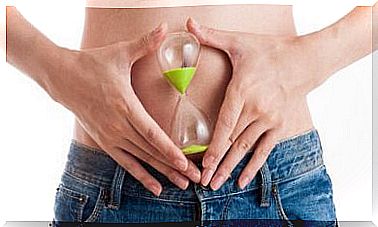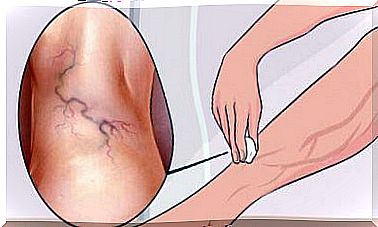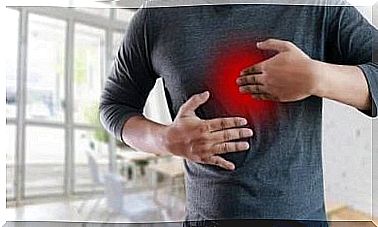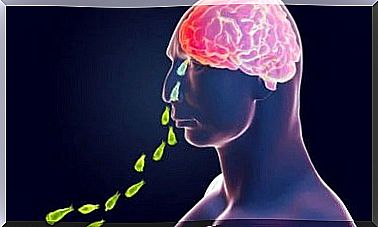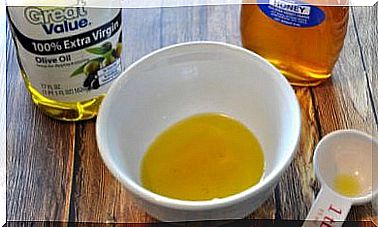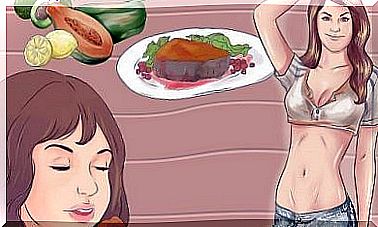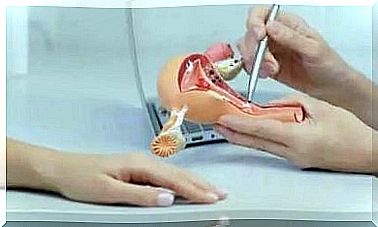Harmful Effects Of Plastic, A Silent Killer
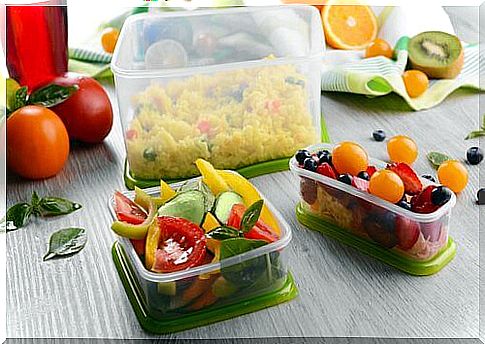
As you already know, plastic is all around us. You can see it in stores, at home, at the office or on vacation. In today’s article, we present the harmful effects of plastic and how you can protect yourself against them.
About 50 years ago, there was a change in the way plastic is used, both in the global economy and in everyday life. Currently, this material is destroying our planet as a result of soil and water pollution.
Plastic: a help or a danger?
Plastic is a central component of everyday life and a staple in our homes. You can find it in food packaging, in bowls or in other containers used in the kitchen, in objects that you use all the time. In short, plastic is all around you.
Although you believe that all these plastic objects that you use regularly improve your life, in the medium and long term they pose a threat to your health and that of the entire planet.
To find out what type of plastic you are most exposed to at home or at work, you need to look at the label or on the back of each container, where you will find a triangle with a few letters in the middle.
Not all types of plastic are equally dangerous. Here are the most used assortments:
PET (polyethylene terephthalate)
Being used for the manufacture of bottles, we can say that this is the most common type of plastic on the market. Any product made of PET should only be used once.
Otherwise, the contents of such a container may carry heavy or chemical metals that alter the activity of hormones in the human body.
HDPE (high density polyethylene)
We could say that this is a “good” type of plastic. However, you don’t have to let your guard down – and it can transmit chemicals in water or other products that you store in a certain container.
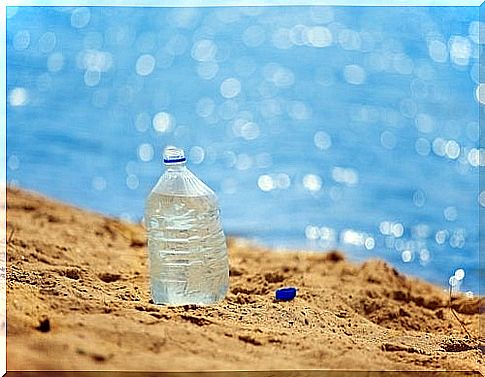
LDPE (low density polyethylene)
This type of plastic releases chemicals into water or any other environment in which it is found. It is used to make plastic bags or foils used for food packaging.
PVC or 3V (polyvinyl chloride)
PVC releases two extremely toxic elements that can alter the functions of hormones in the human body. Although this effect is known to everyone, the material is frequently used in the manufacture of baby bottles, for example.
PP (polypropylene)
This is another “good” type of plastic that can be transparent or white. It is often used in the manufacture of syrup bottles or containers of yogurt or cream.
PS (polystyrene)
This type of plastic is used in the manufacture of disposable glasses or containers in which fast food products are sold. Polystyrene contains a compound that can cause cancer (but also other diseases).
PC (polycarbonate)
This is the most dangerous type of plastic used for food storage, as it releases a substance that is extremely toxic to the human body. The worst news is that PC is the main material used in the manufacture of bottles and bottles of sports drinks.
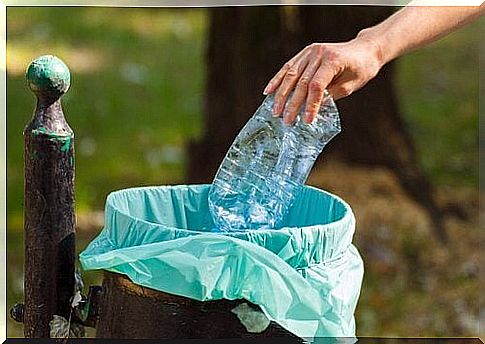
Harmful effects of plastic on health
At the Miguel Hernandez University of Alicante (Spain), researchers conducted a study to examine a substance found in many polycarbonate objects: Bisphenol A.
Many products, including toothbrushes, bottles, and pacifiers, contain this type of plastic that, according to the study, can cause changes in the metabolism of lipids and blood glucose, which can cause liver disease and diabetes. In addition, it can increase oxidative stress, causing cardiovascular disease.
Bisphenol A alters the functions of the pancreas, causing insulin resistance. This could be one of the reasons why there are so many people with diabetes around the world. According to the World Health Organization, in 2014 statistics showed that 422 million people suffer from this disease.
Researchers have found that Bisphenol A affects the endocrine glands, but this is not the only dangerous compound we face every day.
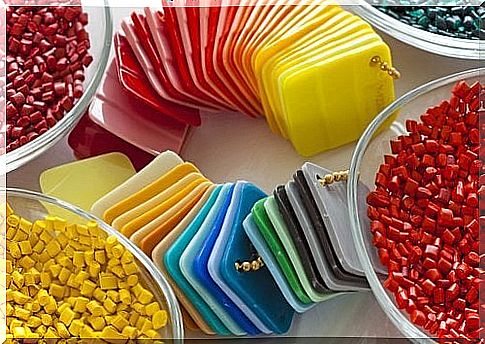
There are many harmful substances in the pesticides that we introduce into the body through the consumption of fruits and vegetables, but also in the packaging of the products we eat every day.
Moreover, not only food can be toxic, but also other products that we often use: solvents, paints, adhesives or even dental fillings.
As for Bisphenol A, our exposure to this compound is huge. We come in contact with him from birth (or even from the mother’s womb).
The harmful effects of plastic are numerous. What other diseases can be caused by the toxins added to this material? The list is frightening, as the number has been growing steadily for 30 years:
- Cancer (breast, cervical, ovarian, cerebral, lung, prostate, liver)
- lymphoma
- Uterine cysts, infertility and miscarriages
- Hyperactivity and attention deficit syndrome
- Early puberty in children
- Autism
- Deformation of the penis in young boys
- Parkinson’s disease
- Cardiovascular disease and obesity
How can you protect yourself from the harmful effects of plastic?
Although the first solution that comes to mind is to completely give up plastic, the truth is that this task would be almost impossible. Why? The reason is very simple and I mentioned it at the beginning: we are surrounded by this material!
However, to protect yourself from the harmful effects of plastic, you can take certain measures to reduce exposure to toxins in this material. Changing certain habits is good for your health, the health of all mankind, plants, animals and the environment.
- Avoid eating and drinking plastic-wrapped products.
- Stop using plastic containers to store, serve or heat food.
- Use glass or metal dishes in the kitchen.
- Do not eat canned food.
- Use glass bottles to feed your baby (even if they seem more dangerous because of the risk of falling and breaking).
- Do not buy flexible plastic toys and do not allow children to put such objects in their mouths.
- Do not heat food in the microwave in plastic dishes.
- Dispose of damaged or melted containers.
- Do not reuse plastic bottles to drink water during the day.
- Do not gnaw on pens or other plastic objects.
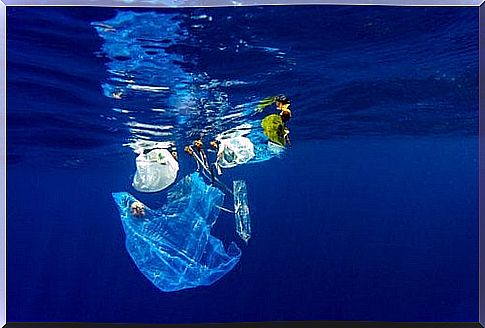
If you take these recommendations into account to avoid the harmful effects of plastic, you can prevent disease and help fight pollution and protect the planet.

